According to UnivDatos, research report “Exoskeleton Market”, the market is expected to witness an astronomical CAGR of around 35% during the forecast period 2021-2027F. This can be mainly attributed to increasing in government funding coupled with the rising number of healthcare getting involved in discovering new exoskeleton frames and therapies, including exoskeleton. As per the World Health Organization’s data estimates published in February 2021, approximately 1.71 billion individuals across the globe suffer from musculoskeletal disorders.
The exoskeleton is an external frame/skeleton that supports the body to help a person overcome an injury. These skeletons are generally regulated as devices and robots. The growth in motor accidents falls, and day-to-day accidents expand the global market for the exoskeleton. Market growth will also be navigated by an increase in R&D and the development of more complex formulations such as many therapies and external frames. Therefore, the constantly evolving exoskeleton industry is driving market players to devise innovative product development strategies to boost the adoption rate and activate the market revenue.
Access sample report (including graphs, charts, and figures): https://univdatos.com/reports/exoskeleton-market?popup=report-enquiry
Based on Body Part Type, the exoskeleton market is segmented into a lower, upper, and full body. In 2020, the Lower body category dominated the market and is expected to maintain its dominance throughout the forecast period. This is mainly due to the rising lower body disabilities and growth rates of exoskeleton products by paralyzed geriatric population coupled with unhealthy lifestyles and hormonal imbalance across the globe.
Based on End User, the market is bifurcated into healthcare, military, industrial, and others. During the forecast period, the healthcare category is expected to witness robust growth mainly due to the rising adoption of robotics technology for effective rehabilitation therapy. The exoskeleton eases leave, and work-related injuries, reducing medical expenses, and lawsuits. This is due to diverse regulatory, economic, and cultural environments. For instance, in April 2016, Ekso Bionics received U.S. FDA approval for clinical use of Ekso GT Robotic which was widely used in rehabilitation centers in treating patients with spinal cord injuries and hemiplegia. Moreover, increasing technological advancements in developing countries of the world and the entry of various tech start-ups in the sector are further fueling growth in the market.
Asia-Pacific is expected to witness the highest growth
Based on regions, the report provides a detailed analysis of the overall demand for exoskeletons for major regions including North America (US, Canada, Rest of North America); Europe (Germany, UK, France, Italy, Rest of Europe); Asia-Pacific (China, India, Japan, South Korea, Rest of Asia-Pacific); and Rest of World. The growing aging population coupled with the presence of major healthcare companies in the region would increase the development of robot devices and support frames for the treatment of disabilities in countries such as India, China, and other developing Asian countries.
According to UnivDatos, the key players with a considerable market share in the exoskeleton market are Cyberdyne, Hocoma, ReWalk Robotics, Ekso Bionics, LockHeed Martin, Parker Hannifin, Interactive Motion Technologies, Panasonic, Myomo, B-TEMIA Inc.
These companies are investing heavily in Exoskeleton reagents and assay kits to help research organizations in their studies.
§ In September 2020, Ekso Bionics launched a flexible and high endurance upper-body exoskeleton, EVO, to reduce back muscle strains and shoulder fatigue. EVO may enable the company to improve its product quality and attract several consumers. It can help Ekso Bionics to boost its brand image.
§ In June 2021, SuitX launched ShieldX which is used by health workers wearing heavy anti-radiation aprons who are prone to suffering from neck & back problems. Similarly, in May 2021, Roam Robotics announced the launch of Ascend, which is a robotic partial knee orthosis used by wearers to reduce knee pain and regain mobility.
“Exoskeleton Market” provides comprehensive qualitative and quantitative insights on the industry potential, key factors impacting sales and purchase decisions, hotspots, and opportunities available for the market players. Moreover, the report also encompasses the key strategic imperatives for success for competitors along with strategic factorial indexing measuring competitors’ capabilities on different parameters. This will help companies in the formulation of go-to-market strategies and identifying the blue ocean for its offerings.
Click here to view the Report Description & TOC: https://univdatos.com/reports/exoskeleton-market
Market Segmentation:
1. By Type (Powered, Passive)
2. By Body Part Type (Lower, Upper, Full body)
3. By Mobility (Mobile Exoskeleton, Stationary Exoskeleton)
4. By End User (Healthcare, Military, Industrial, Others)
5. By Region (North America, Europe, Asia-Pacific, Rest of World)
6. By Company (Cyberdyne, Hocoma, ReWalk Robotics, Ekso Bionics, LockHeed Martin, Parker Hannifin, Interactive Motion Technologies, Panasonic, Myomo, B-TEMIA Inc)
Key questions answered in the study:
1. What are the current and future trends of the exoskeleton industry?
2. How the industry has been evolving in terms of distribution channel and route of administration category?
3. How the competition has been shaping across the countries followed by their comparative factorial indexing?
4. What are the key growth drivers and challenges for the exoskeleton industry?
5. What is the customer orientation, purchase behavior, and expectations from the exoskeleton product suppliers across various countries?
Contact Us:
UnivDatos
Contact Number – +1 978 733 0253
Email – contact@univdatos.com
Website – www.univdatos.com
Linkedin- https://www.linkedin.com/company/univ-datos-market-insight/mycompany/


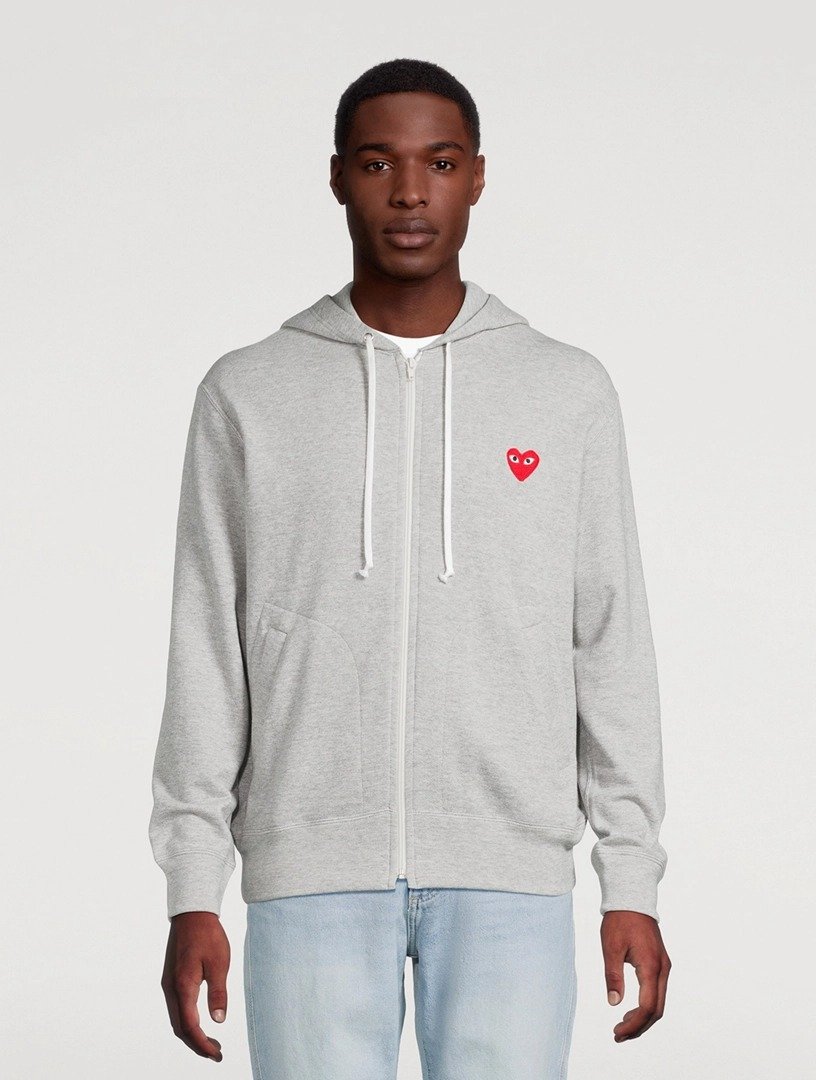



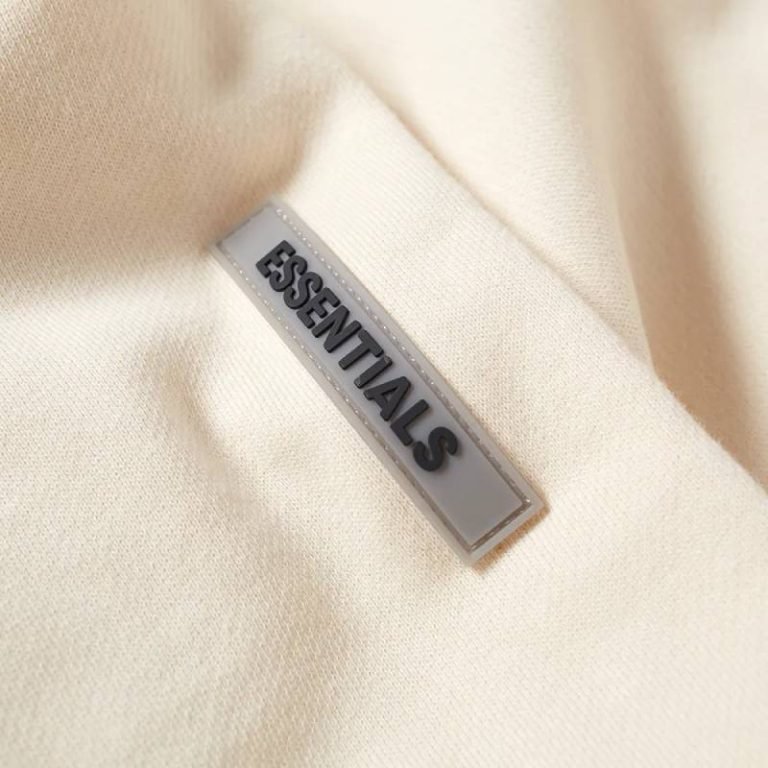

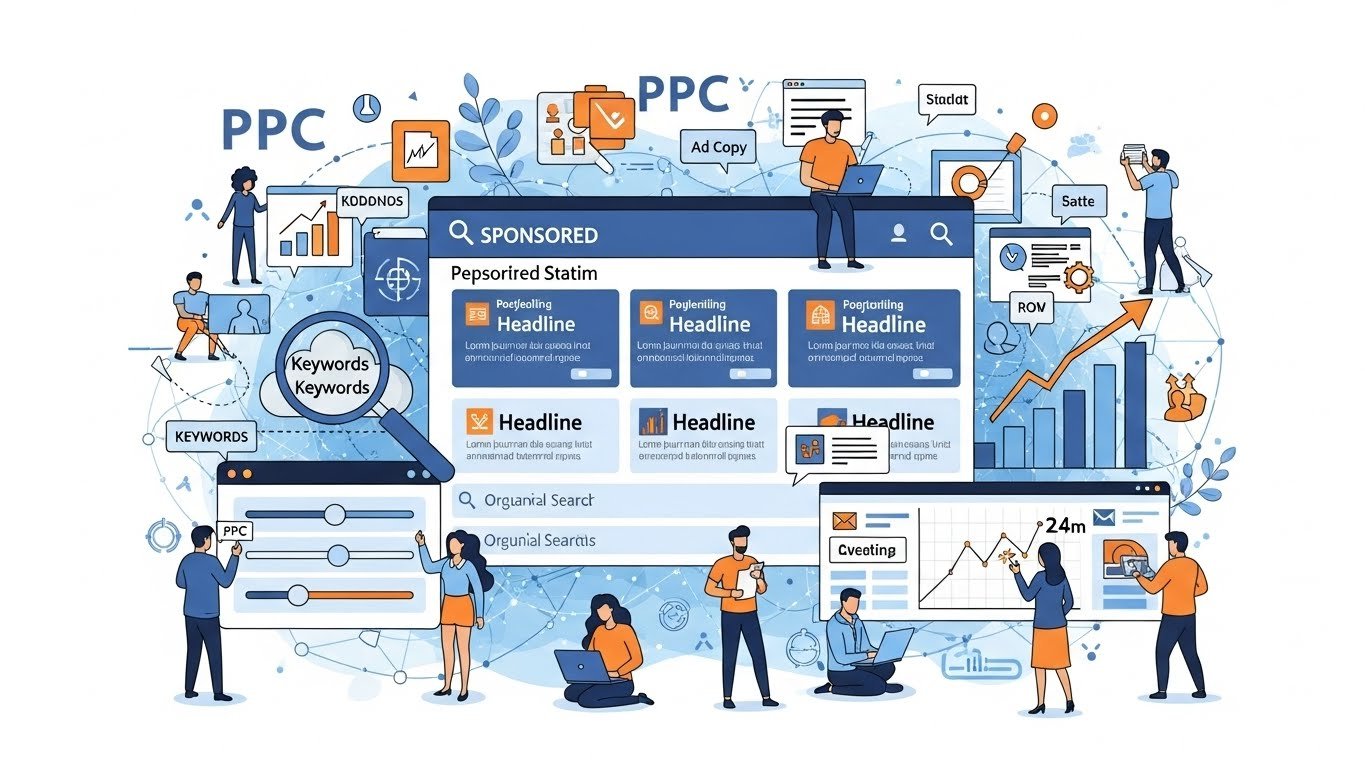
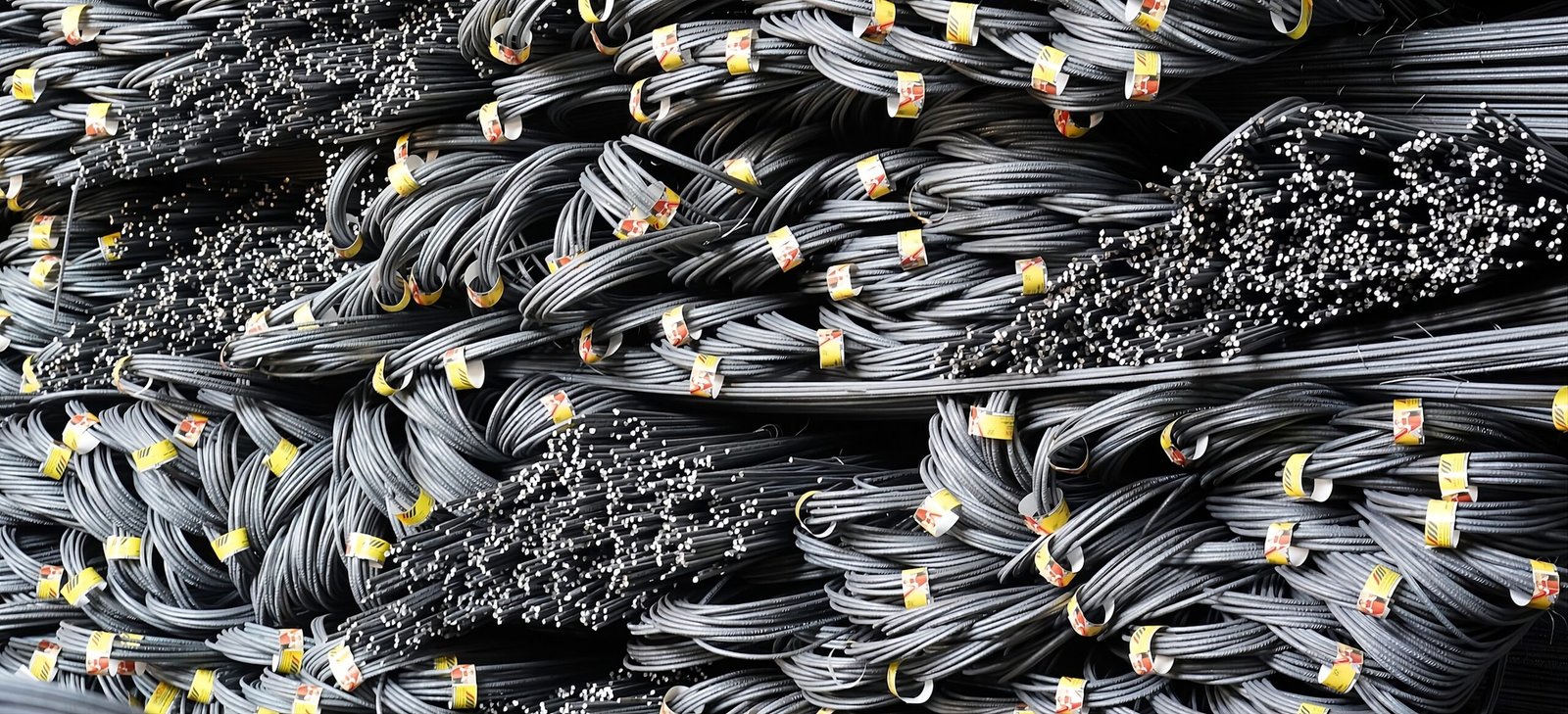

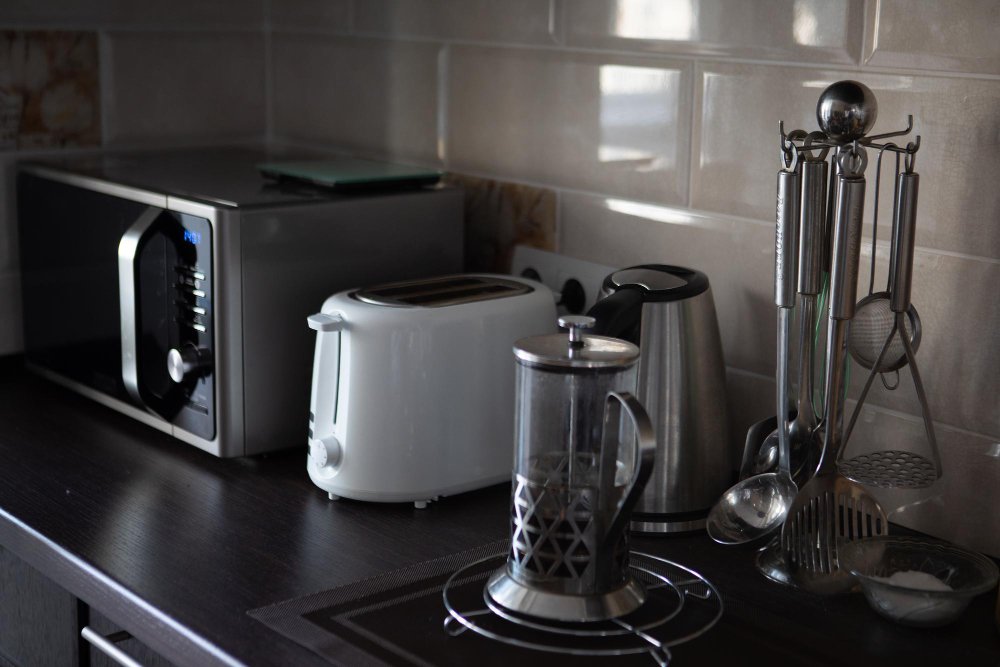
Leave a Reply